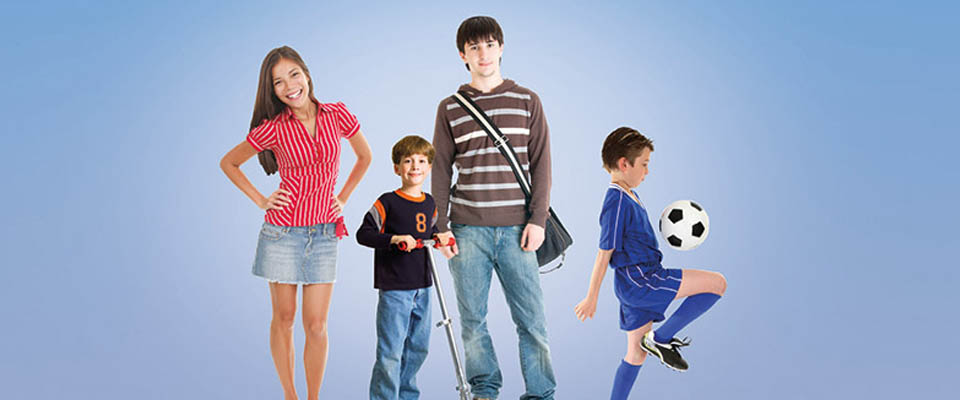Did you know that almost one in five children aged 5-15 years, rising to almost one in three 16-19 year olds need vision correction yet only about one in twelve of those who could wear contact lenses currently do so. Many more children and teens would potentially benefit from contact lenses.
Interest in contact lenses starts at an early age and their use is widely suited to all age groups. The average age at which children are first fitted with contact lenses is currently 13 years although studies have shown that even young children can be very successful in wearing, handling and looking after contact lenses.
Contact lenses also have a very high satisfaction rate among young wearers, rated as high as 97% among 8 to 12 year olds and 99% among 13 to 17 year olds. Both groups benefit from significant improvements in their quality of life.

Just a few advantages of contact lenses for teens and children
- An improvement in vision for sport and leisure activities where children often have to remove their glasses to prevent breakage
- Improved appearance and social acceptance, especially with high levels of long sight (hyperopia) or short sight (myopia)
- Possibly more self-confidence, self-esteem and satisfaction
- No more frequent breakages of glasses!
- Full time vision correction - this is particularly important in children with squint, astigmatism and poor vision in one eye to ensure the eyes work properly together and avoid a 'lazy eye'
- Lenses can be easily updated when eyesight changes frequently
- The addition of protection from ultraviolet (UV) exposure with some contact lenses
- Some medical uses such as albinism (lacking in pigment) and aniridia (the absence of an iris)
- Special indications for fitting to babies, usually under the hospital eye service
Another potential benefit currently under investigation is the ability of contact lenses to slow the progress of short sight (myopia) in children. Various approaches have recently been suggested including orthokeratology and new soft lenses specifically designed to 'control' myopia. These approaches, and the size of the effect, need to be supported by large-scale, long-term studies.





















